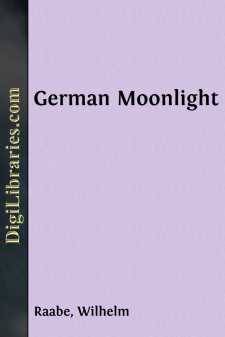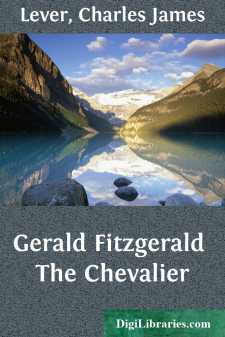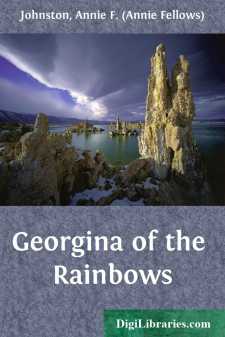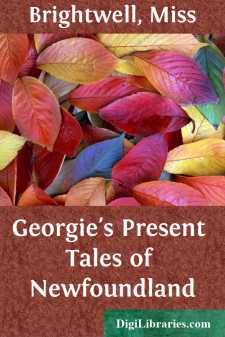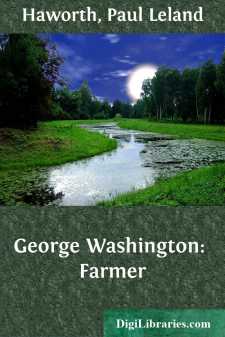Fiction
- Action & Adventure 180
- Biographical 15
- Christian 59
- Classics 6965
- Coming of Age 5
- Contemporary Women 3
- Erotica 8
- Espionage/Intrigue 12
- Fairy Tales, Folklore & Mythology 236
- Family Life 169
- Fantasy 117
- Gay 1
- General 596
- Ghost 32
- Historical 808
- Horror 43
- Humorous 160
- Jewish 25
- Legal 4
- Medical 22
- Mystery & Detective 315
- Political 49
- Psychological 41
- Religious 64
- Romance 159
- Sagas 11
- Science Fiction 730
- Sea Stories 113
- Short Stories (single author) 537
- Sports 10
- Suspense 1
- Technological 8
- Thrillers 2
- Urban Life 31
- Visionary & Metaphysical 1
- War & Military 173
- Westerns 199
Fiction Books
Sort by:
by:
Wilhelm Raabe
Let me state my case calmly and without any undue fuss. I am, even by German standards, an uncommonly prudent person and I know how to keep my five senses under control. Apart from that, I am a lawyer and father to three sons. Neither during lilac time nor when there are hibiscus, sunflowers and asters on the ground am I in the habit of laying myself open to sentimental and romantic mood-swings. I do...
more...
CHAPTER I. THE TRAVELLER During the first days of the month of September, 1832, a young man about thirty years of age was walking through one of the valleys in Lorraine originating in the Vosges mountains. A little river which, after a few leagues of its course, flows into the Moselle, watered this wild basin shut in between two parallel lines of mountains. The hills in the south became gradually lower...
more...
by:
Geraldine Farrar
CHAPTER I MY LIFE AS A CHILD I believe that a benevolent Fate has had watch over me. Some have called it luck; some have spoken of the hard work and the many years of study; others have cited my career as an instance of American pluck and perseverance. But deep down in my heart I feel much has been directed by Fate. This God-sent gift of song was bestowed upon me for some purpose, I know not what. It...
more...
CHAPTER I. THE THIEVES' CORNER At the foot of the hill on which stands the Campidoglio at Rome, and close beneath the ruins that now encumber the Tarpeian rock, runs a mean-looking alley, called the Viccolo D'Orsi, but better known to the police as the 'Viccolo dei Ladri,' or 'Thieves' Corner'—the epithet being, it is said, conferred in a spirit the very reverse of...
more...
by:
Henry James
I. She was certainly a singular girl, and if he felt at the end that he did n't know her nor understand her, it is not surprising that he should have felt it at the beginning. But he felt at the beginning what he did not feel at the end, that her singularity took the form of a charm which—once circumstances had made them so intimate—it was impossible to resist or conjure away. He had a strange...
more...
Chapter I Her Earlier Memories If old Jeremy Clapp had not sneezed his teeth into the fire that winter day this story might have had a more seemly beginning; but, being a true record, it must start with that sneeze, because it was the first happening in Georgina Huntingdon's life which she could remember distinctly. She was in her high-chair by a window overlooking a gray sea, and with a bib under...
more...
by:
Miss Brightwell
CHAPTER I. It was a beautiful May-day morning when George Green rose at an early hour; for it was his birthday, and he had not been able to sleep so long as usual, for counting of the joyful anniversary. "Ten years old, are you indeed, my boy?" said his father, who found Master George eagerly awaiting him in the breakfast parlour. "Yes, papa; and I am to have a whole holiday, and mamma has...
more...
W.J. TURNER ROMANCE When I was but thirteen or so I went into a golden land,Chimborazo, Cotopaxi Took me by the hand. My father died, my brother too, They passed like fleeting dreams,I stood where Popocatapetl In the sunlight gleams. I dimly heard the master's voice And boys far-off at play,Chimborazo, Cotopaxi Had stolen me away. I walked in a great golden dream To and fro...
more...
THE RULES OF CIVILITY. Among the manuscript books of George Washington, preserved in the State Archives at Washington City, the earliest bears the date, written in it by himself, 1745. Washington was born February 11, 1731 O.S., so that while writing in this book he was either near the close of his fourteenth, or in his fifteenth, year. It is entitled "Forms of Writing," has thirty folio pages,...
more...
CHAPTER I A MAN IN LOVE WITH THE SOIL One December day in the year 1788 a Virginia gentleman sat before his desk in his mansion beside the Potomac writing a letter. He was a man of fifty-six, evidently tall and of strong figure, but with shoulders a trifle stooped, enormously large hands and feet, sparse grayish-chestnut hair, a countenance somewhat marred by lines of care and marks of smallpox, withal...
more...


